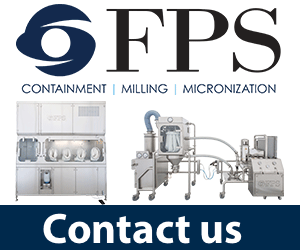The University of Virginia (UVA) biomedical engineers and physicians have earned a role in a new, national initiative that will develop technologies for manufacturing human tissues and organs, with the goal of making them readily available to patients.
A public-private effort, the Advanced Regenerative Manufacturing Institute brings together a consortium including UVA and nearly 100 other partners from industry, government, academia and the non-profit sector. The consortium will lead the Advanced Tissue Biofabrication Manufacturing USA Institute on behalf of the US Department of Defense.
The federal government will provide approximately US$80m, and the partner organisations combined will contribute more than US$200m to support the development of tissue and organ manufacturing capabilities.
The schools of Engineering and Medicine at UVA bring a unique set of strengths to the partnership, including ongoing collaboration and expertise in cell and tissue engineering, regenerative medicine, orthopedics, computational modeling, advanced materials research and chemical engineering.
UVA Engineering also has a microfabrication cleanroom facility, which is a dust-free, temperature- and humidity-controlled laboratory equipped with more than US$15m in high-tech tools for the design and fabrication of advanced materials, devices and circuits. The University is in the process of a US$9m renovation and expansion to that facility.
UVA has one of the few, top-of-the-line, 3D bioprinters in the country; the bioprinters are used to “print” living tissue with the aim of eventually fabricating full human organs.
UVA’s Good Manufacturing Practice Facility isolates islets – clusters of pancreatic cells – for transplantation.
George Christ, a professor of biomedical engineering and orthopedic surgery and expert in regenerative medicine, pursued the opportunity for UVA to participate in the consortium.
Christ leads UVA’s Laboratory of Regenerative Therapeutics. He also is spearheading two multi-institutional efforts to support upcoming Department of Defense-funded tissue engineering clinical trials, one involving the use of muscle stem cells to repair cleft lip, and another using human hair protein to repair traumatic injuries to leg muscles. Submission of documents for regulatory approval to FDA for both treatments is anticipated in 2017.




